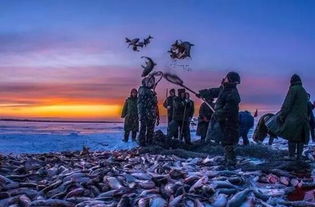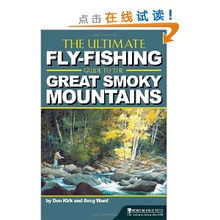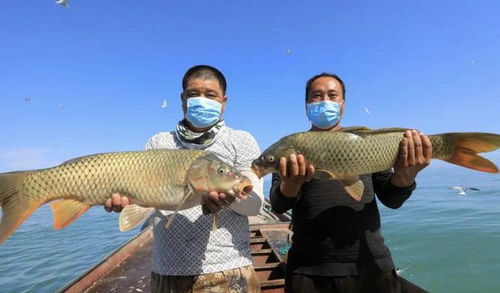
Content:
Introduction
Carp fishing, with its serene beauty and the thrill of the catch, has become a favorite pastime for anglers of all skill levels. However, for beginners who find themselves lacking in fishing技巧, the task of catching a lovely carp can seem daunting. But fear not! Even without advanced fishing技巧, there are several effective methods to increase your chances of success. In this article, we'll explore how to catch鲫鱼 without relying on intricate fishing技巧.
Understanding Carp Behavior
Before we delve into the fishing methods, it's crucial to understand the behavior of carp. Carp are bottom feeders and are often found in shallow waters, especially during the warmer months. They are attracted to areas with abundant food sources and tend to be more active during dawn and dusk. By understanding these patterns, you can increase your chances of encountering these fish.
Choose the Right Equipment
The first step in catching carp without advanced技巧 is to ensure you have the right equipment. Here's what you'll need:
- Rod and Reel: A medium-heavy action rod with a sensitive tip is ideal for carp fishing. A multiplier reel with a good drag system is also essential.
- Line: Use a monofilament line with a breaking strain of 10-15 pounds. This will provide enough strength to handle the fight without being too heavy to cast.
- Hook: A size 8-10 carp hook is suitable for most situations. Ensure it's sharp and properly matched to the bait you're using.
- Leader: A 6-8 feet leader of 15-20 pounds test will help you present your bait more naturally and reduce the chances of the carp feeling the line.
Selecting the Right Bait
Carp are opportunistic feeders and will eat a wide variety of baits. Here are some effective options for beginners:
- Flour Baits: These are simple to make and work well in a variety of conditions. They can be used in a bag or as a paste.
- Boilies: These are pre-made, doughy baits that come in various flavors and sizes. They are highly attractive to carp and can be fished in a variety of ways.
- Pellets: These are small, compressed fish food particles that are ideal for fishing in a feeder or as part of a method mix.
The Art of Casting
Casting is a fundamental skill in fishing, and while it's not as complex as fly fishing, it's still important to get it right. Here are some tips:
- Practice: Spend some time practicing your casting technique to ensure you can place your bait accurately.
- Distance: Aim to cast your bait within 30-40 feet of your intended spot. Carp are often found in groups, so covering this distance can increase your chances of catching more than one fish.
- Accuracy: Pay attention to the wind and current. Cast into the wind to help your bait drift naturally and avoid casting directly into the current, which can cause your bait to move erratically.
The Importance of Patience
Carp fishing requires patience. It's not uncommon to wait for hours without a bite. Here are some tips to keep you motivated:
- Check Your Baits: Regularly inspect your baits to ensure they are still attached and in good condition.
- Adjust Your Rig: If you're not getting bites, try changing your bait, rig, or fishing method.
- Stay Composed: Carp fishing can be frustrating, but staying calm and composed will help you make better decisions and enjoy the experience more.
Conclusion
Carp fishing can be a rewarding experience for anglers of all skill levels. By understanding the behavior of carp, choosing the right equipment and bait, mastering the basics of casting, and maintaining patience, you can increase your chances of catching鲫鱼 without relying on advanced fishing技巧. Remember, the key to success is practice and a willingness to learn from each fishing experience. Happy fishing!












